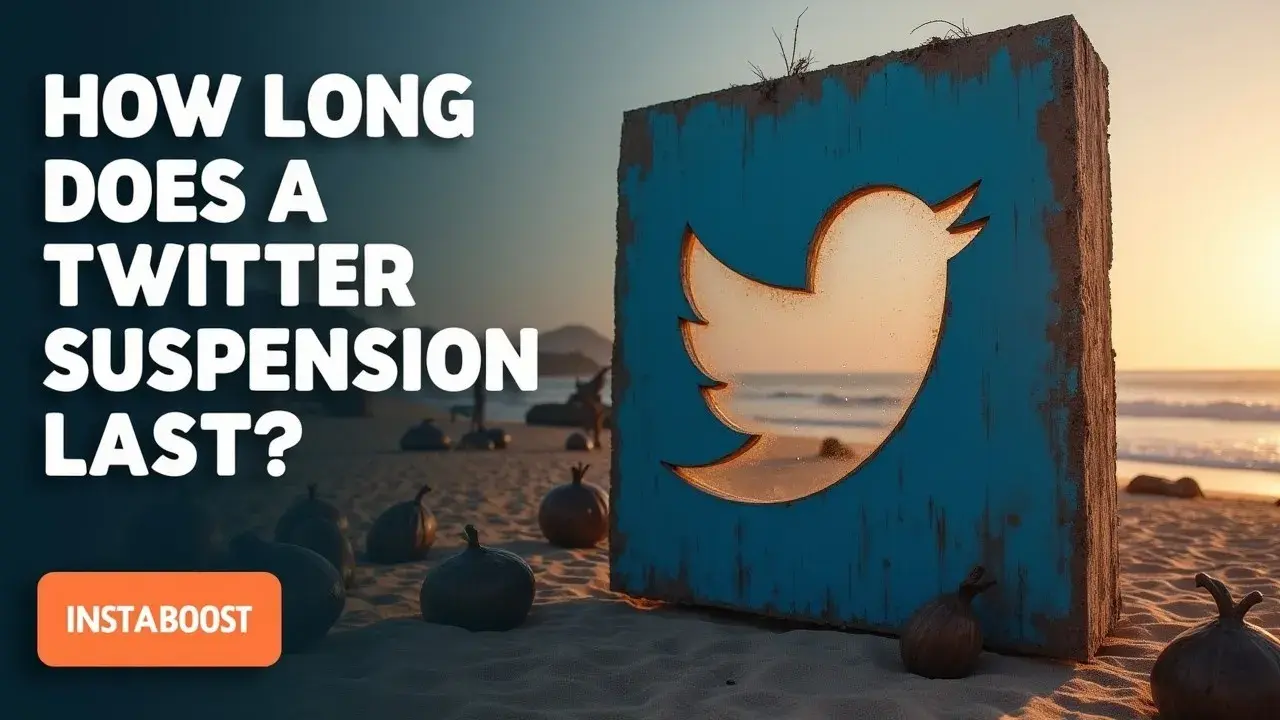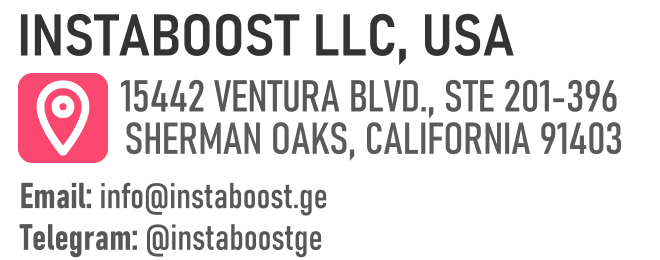How Long Does a Twitter Suspension Last?
Suspension length varies by issue and review, so early observations guide expectations. Track the first 24 to 48 hours calmly to see notifications that clarify next steps and timing. Keep notes on messages received and pause scheduled content to protect momentum and plan a clean return. A quick pass over top and recent replies can surface useful context fast, helping refine judgments while preparing a measured posting schedule once access is restored.
Start With the Clock, Not the Panic
A suspension on X (formerly Twitter) feels like a hard stop, but it’s more useful to treat it as a diagnostic window. The next 24 – 48 hours shape how fast you’re back and how clean your re-entry is. The platform runs tiers – temporary locks for policy flags, limited features for quality issues, and full suspensions for repeat or severe violations – and each one hints at likely duration in your dashboard or email if you read closely.
Treat that notice as a brief. Capture the stated reason, the appeal path, and any requested actions, then set a short holding pattern for posts. Pause scheduled items, shift touchpoints to email or Instagram, and keep engagement warm with creator collabs that don’t depend on your suspended handle.
Treat that notice as a brief. Capture the stated reason, the appeal path, and any requested actions, then set a short holding pattern for posts. Pause scheduled items, shift touchpoints to email or Instagram, and keep engagement warm with creator collabs that don’t depend on your suspended handle.
If you appeal, submit once with concise context, dates, and links to original posts. Vague defenses can slow reviews. Protect momentum while you wait. Queue evergreen pieces, gather real comments and retention signals from other channels, and keep analytics clean by tagging workaround activity so you can attribute the bounce-back.
For brands running paid social, steer targeted promotion to off-platform assets and track lift through UTMs instead of pushing budget into a suspended pipe. Qualified tools and partners can help you monitor sentiment and reply patterns so you re-enter with precision. The non-obvious upside is that a brief suspension exposes weak links in your safety and review process.
Tighten access, enable two-factor authentication, add pre-flight checks for trending topics, and build a testing loop for phrasing that skirts policy edges. If you work the timing with calm notes and clear safeguards, you shorten the interruption and come back with a smarter, more resilient posting schedule for “how long does a Twitter suspension last” scenarios.
Tighten access, enable two-factor authentication, add pre-flight checks for trending topics, and build a testing loop for phrasing that skirts policy edges. If you work the timing with calm notes and clear safeguards, you shorten the interruption and come back with a smarter, more resilient posting schedule for “how long does a Twitter suspension last” scenarios.

Track the Signal, Not the Noise
This framework has saved me hundreds of hours. Treat your notification trail like a diagnostic map. The exact wording of your lock or suspension notice, the timestamp of your last compliant action, and whether there’s an appeal button are your fastest clues to “how long.” Temporary locks usually show a clock or a required action like deleting a tweet or verifying a phone.
Full suspensions emphasize policy categories and route you to Support, which puts you on a different timeline. If limited features still work, assume a quality filter penalty and run a 24 – 72 hour clean period. Pause automation, remove borderline drafts, and let positive retention signals rebuild through replies that get real comments, not spammy boosts. Use a disciplined testing loop. Log each message you receive from X, match it to the Help Center code, and set a 12-hour cadence to re-check status instead of poking the account constantly. If you run ads, coordinate with a qualified rep or partner who can confirm account health without triggering extra reviews.
Qualified guidance paired with clean analytics keeps you from pushing spend into a flagged state. Creator collabs and targeted promotion still work when matched to intent, but hold them until your dashboard stops showing limitation banners. When you appeal, be concise, cite the specific policy category mentioned, and attach one relevant example showing corrective steps. Support moves faster when your request reduces triage. A practical SEO tip while you wait: monitor your brand with an advanced Twitter search to read comments and recent replies so you can spot context shifts and plan a clean re-entry without guessing, and remember that shortcuts like buy followers for x often correlate with future trust hits you’ll have to unwind.
Stabilize the Account, Then Rebuild Trust Signals
Creativity’s great, but structure keeps you steady. Treat the suspension window as a short sprint to stabilize and a plan to rebuild. Start by hard-stopping risky behaviors for 24 – 72 hours. No mass follows, no automation spikes, no recycling borderline replies. If any features still work, use them to send quality signals – reply thoughtfully to real comments, pin a high-signal post, and prune anything that might trigger quality filters.
If there’s a temporary lock, finish the required steps quickly and document timestamps. That paper trail helps if Support escalates. Use a lightweight tooling stack only when it’s reputable and matched to intent – a clean analytics dashboard to catch velocity spikes, a queue with conservative limits, and a brand-safe keyword list to stay off policy edges; if you do reference external utilities, treat an engagement booster on X as a cautionary example rather than a crutch. Pair this with small, human signals that X tends to respect – credible creator collabs, original media with clear context, and targeted promotion that fits the audience instead of blunt volume.
If you’re running ads, keep them tight. Limit placements, lower frequency, and use creative that clarifies the brand. That spend works best when it reinforces retention signals rather than masking volatility. While you wait, audit the last 30 days. Note the tweet types before the action – links, replies, CTAs – the time blocks with odd engagement curves, and any third-party app connections you can pause. The non-obvious move is to publish a clean-slate thread after the restriction lifts, not during. Restored consistency usually reads better to the algorithm than mid-penalty churn. That’s how you shorten how long a Twitter suspension feels – compress uncertainty with structure, then re-enter with measured momentum and fewer flags.
Stop Guessing – Interrogate the Timestamps
Fueled by caffeine and a few questionable choices, here’s the calm way to handle it. If you’re trying to figure out how long a Twitter suspension lasts, don’t sit around guessing. Treat the notice like a stopwatch. The exact wording, the timestamp on the trigger action, and whether an appeal link appears aren’t trivia – they’re the timing model. A lock that asks you to delete something is usually a same-day or 12 – 24 hour event once you comply. A hard suspension that routes to Support shifts you into case-queue time, which stretches with weekends and enforcement spikes.
The smart move is to stabilize for 24 – 72 hours – no mass follows, no API spikes, no keyword heat – while you build a clean trail. Capture the notice text, note the minute you take each remedial step, and mark the first sign of restored features. If some features still work, assume a quality filter penalty and run a quiet cycle with real comments, a slower cadence, and replies that earn positive engagement, and if video is central to your mix you’ll want clean measurements of Twitter video views alongside replies and follows.
This is where quality tooling helps when it’s reputable and matched to your intent. A lightweight scheduler enforces pacing, a social inbox helps you catch appeal responses fast, and targeted promotion after reinstatement rebuilds retention signals rather than drowning them. Pair that with creator collabs and clean analytics so your early momentum doesn’t trip the same thresholds. If you appeal, keep it concise and time-stamped: “Deleted at 10:14 UTC. No automation since.” That cuts back-and-forth and can shorten queue time. The non-obvious insight is that duration isn’t only policy – it’s your clarity. The clearer your remediation and signals, the faster Trust & Safety can close the loop and the sooner your timeline returns to normal.
When the Lock Lifts: Turn the Clock into a Comeback Plan
Leave the window open a crack. While the account cools, keep a light touch – check DMs, review drafts, and watch notifications – without flooring it. The question “how long does a Twitter suspension last” matters less than how you use the pause. Use it to plan a clean re-entry from your timestamp review: three posts that add real value, one authentic reply thread, and one creator collab that cross-pulls a trusted audience. Pair that with tidy analytics – UTM tags on any links – and a simple testing loop that checks whether impressions, profile clicks, and follows recover in 24, 48, and 72 hours.
If you use promotion, keep it light and targeted, with qualified, reputable placements matched to your audience and current relevance. Mismatched spend in this window can muddy signals. Rebuild with retention cues: real comments instead of canned replies, saves and shares worth earning, and a cadence that feels human, not automated. If support approved your appeal, treat it as a credibility reset and note it so future audits point to a clear resolution, not a mystery. For search visibility, tighten your bio and pinned post around your core topic so new visitors quickly understand why to stay. You’re not avoiding risk – you’re managing it with safeguards: smaller bursts, fewer simultaneous actions, and clearer attribution.
The quiet edge is timing discipline. Stagger engagement in windows that match your audience’s habits, not your anxiety, so the algorithm reads steady relevance, and keep reshares organic or vetted through options you trust, such as safe Twitter reshares, when they align with content your followers already expect. When the lock lifts, you’re not guessing – you’re ready to measure, iterate, and signal trust faster than you lost it.















